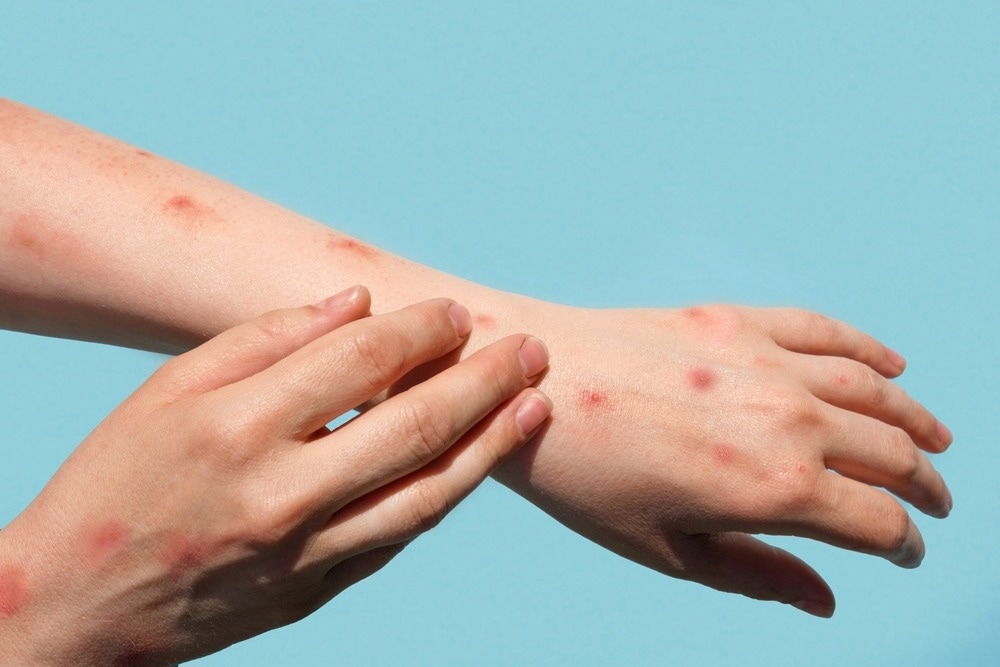Mpox, formerly known as monkeypox, is a rare viral disease similar to smallpox, primarily found in Africa but sporadically reported in other parts of the world. It causes symptoms such as flu-like illness with fever and chills, along with a distinctive rash that can persist for weeks. Currently, there is no specific treatment for mpox, but it typically resolves on its own.
Overview of Mpox
Mpox, previously called monkeypox, is an uncommon disease caused by a virus belonging to the Orthopoxvirus genus. Similar to smallpox, mpox manifests with a rash and flu-like symptoms.
Transmission and Types
Mpox spreads through close contact with infected individuals or animals. There are two known types or clades of the mpox virus: Clade I from Central Africa and Clade II from West Africa. The current global outbreak (2022-2023) is attributed to Clade IIb, which is less severe compared to other strains.
Global Presence
While historically concentrated in Africa, mpox has appeared in other regions. Notably, cases were identified in the United States after travelers returned from affected areas, leading to localized outbreaks in 2021 and subsequent years.
Affected Populations Mpox can affect anyone, though in Africa, it predominantly impacts children under 15 years old. Outside Africa, there is an observed higher incidence among men who have sex with men (MSM), although cases are also reported in diverse populations.
Symptoms
Symptoms of mpox typically appear several days to weeks after exposure and include:
- Fever
- Rash
- Swollen lymph nodes
- Chills
- Headache
- Muscle aches
- Fatigue
The rash starts as red bumps, progresses to fluid-filled blisters, and eventually forms crusts before healing. It can affect various parts of the body, including the face, hands, and genital areas.
Transmission Routes
Mpox spreads through direct contact with infected bodily fluids, respiratory droplets, or lesions. Animal-to-human transmission can occur through bites, scratches, or contact with contaminated materials like bedding.
Diagnosis
Due to its rarity, mpox may initially be mistaken for other rash-causing illnesses. Diagnosis involves taking a tissue sample from a lesion for laboratory testing, typically using polymerase chain reaction (PCR) to detect the virus or its genetic material.
Management and Treatment
Mpox generally resolves without specific treatment within two to four weeks. Supportive care focuses on symptom relief, hydration, and managing secondary infections. Antiviral medications like cidofovir or tecovirimat may be considered for severe cases, although their efficacy against mpox is still under study.
Prevention
Preventive measures include vaccination with smallpox vaccines, which provide cross-protection against mpox. Avoiding contact with infected animals and practicing safe hygiene, including handwashing and using personal protective equipment, also reduces transmission risk.
Outlook
Most cases of mpox resolve without complications, but severe cases can lead to complications such as pneumonia or encephalitis. Early medical consultation is advised for individuals experiencing symptoms suggestive of mpox, particularly after potential exposure.
Conclusion
Mpox remains a rare but significant public health concern, necessitating ongoing surveillance and preventive measures to mitigate its spread. Public awareness, timely diagnosis, and adherence to recommended precautions are critical in managing and containing outbreaks of this viral disease.





